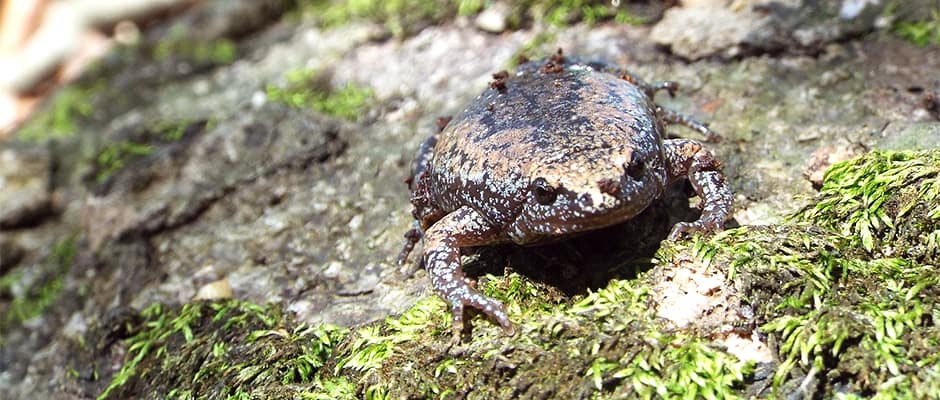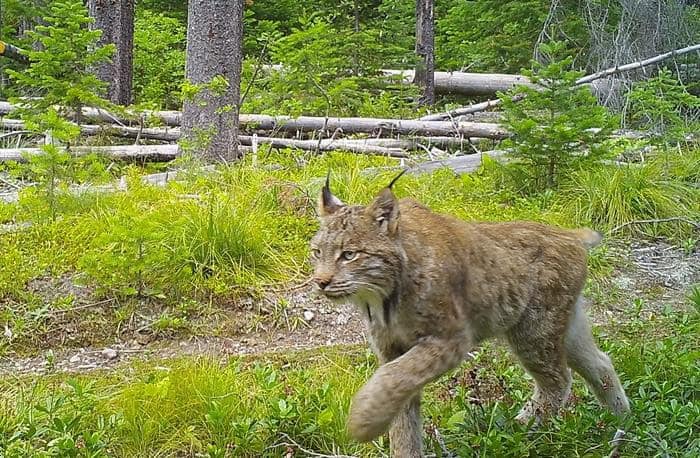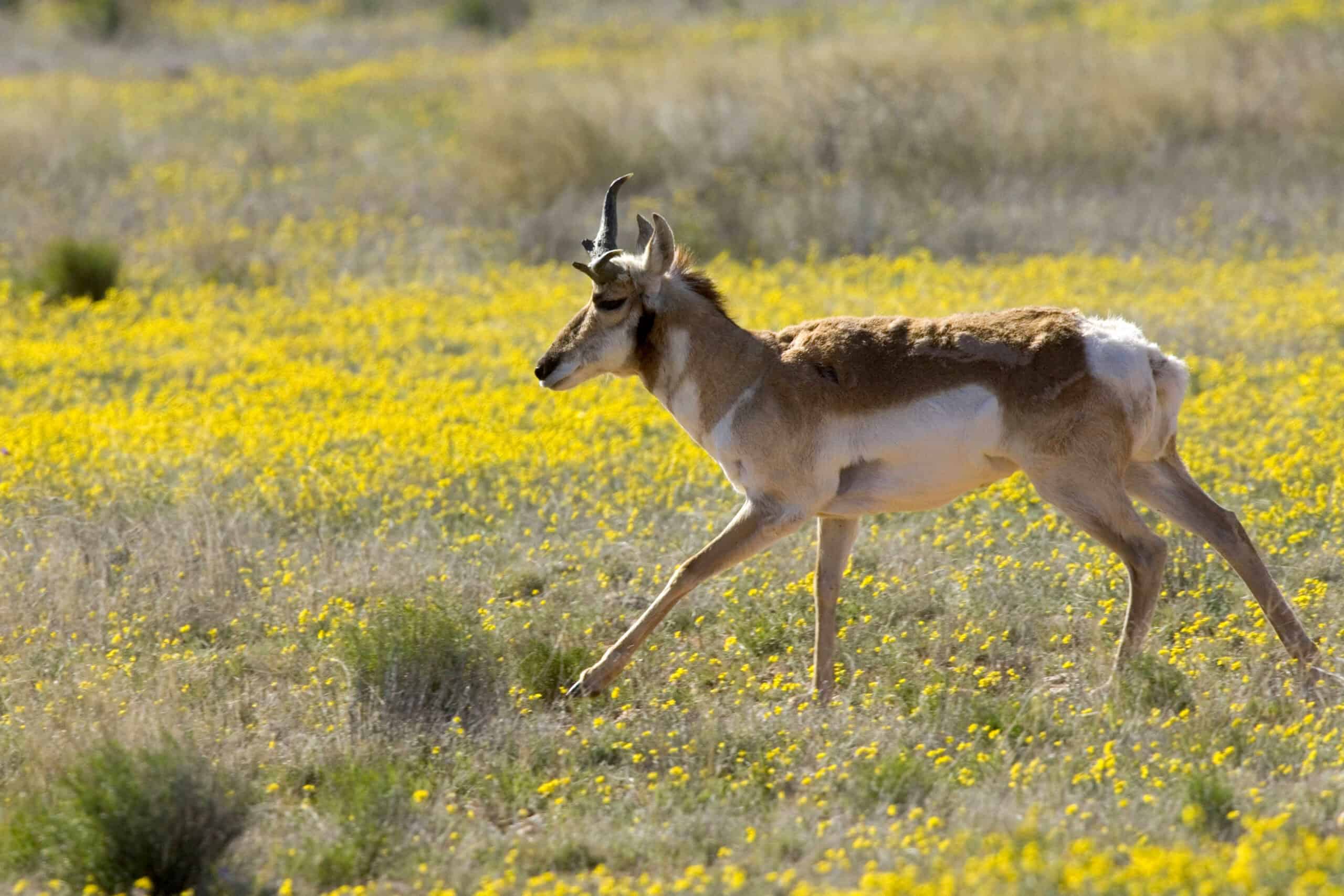Share this article
Kansas Chapter issues statement on state wildlife bill
The Kansas Chapter of The Wildlife Society issued a position statement opposing Senate Bill No. 384 (SB 384), which would make changes to the Kansas Nongame and Endangered Species Conservation Act by redefining critical habitat and associated protections.
The Kansas Nongame and Endangered Species Conservation Act currently defines critical habitat as areas that have “essential and physical biological features” that support a self-sustaining population of a listed species. The bill has functioned as the state’s primary source of regulations and protections for state endangered and threatened species since 1975.
SB 384, referred to the Committee on Natural Resources in late January 2016, would reduce protections attributed to critical habitats by extending them only to the geographical area where a listed species currently exists. Protections would not extend to areas outside of current ranges. The Chapter argues that this would prevent the recovery of imperiled species by “limiting their ability to grow [and] expand.”
The bill would also not allow the enforcement of critical habitat designations until all management plans for a listed species are finalized. The Chapter’s position statement argues that delaying designations would further endanger imperiled species – something that could be avoided if “qualified state biologists” are allowed to define an area as a critical habitat themselves.
The chapter’s position statement is backed by a recent public opinion poll issued by the Kansas Department of Wildlife, Parks and Tourism. Over 90 percent of Kansas residents believe that the department should continue to have the authority to identify and protect critical habitat.
The Kansas Chapter has issued many position statements in the past, particularly when proposed legislation impacts KNESCA:
“Issuing such statements is an important activity of the chapter and TWS in general,” said Kansas Chapter President William Jensen. “As a body of professionals who have dedicated their lives to wildlife science and conservation, we feel we have a strong voice in evaluating the potential consequences of changes to wildlife-related policy in the state.”
The Conservation Affairs Network encourages engagement and collaboration between Chapters, Sections and TWS Headquarters on wildlife conservation policy issues at national, regional and local levels. For more information on recent policy activities, see the Conservation Affairs Network Bimonthly Newsletter.
For more information, see TWS’ standing position statement on Threatened and Endangered Species in the U.S.
Header Image: Eastern narrowmouth toads (Gastrophryne carolinensis) are protected by the Kansas Nongame and Endangered Species Conservation Act. ©Bree McGhee








